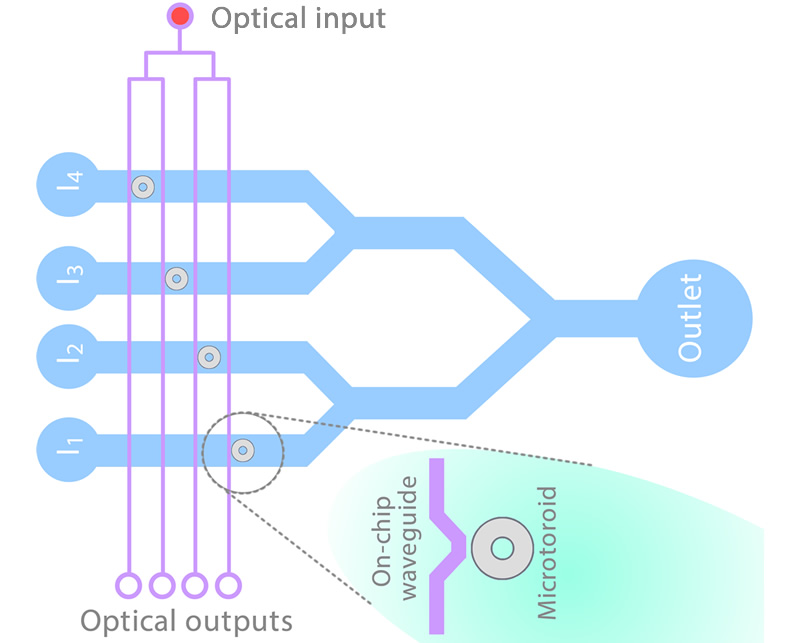
Our critical review is published in Lab on a Chip. The use of Whispering Gallery Mode (WGM) type optical microresonators as chemical and biological sensors have created a significant interest accompanied with considerable excitement in the broad field of biosensing, particularly by virtue of their extremely high sensitivity. These microstructures form cavities in which light is temporarily trapped within, and this trapping is highly sensitive towards the perturbations occurring at the interface of the microcavity with its environment. They have been utilised as sensors for various biological species including proteins, oligonucleotides, bacteria, viruses, and conformational changes of proteins. A significant portion of these optical microstructures are compatible with lab-on-a-chip systems, as demonstrated previously with considerable success.
This review targets diversified oligonucleotide-based biodetection techniques, focusing on the use of WGM type as optical biosensors mostly integrated with labon-a-chip systems. On-chip and microfluidics combined devices along with optical microresonators provide rapid, robust, reproducible and multiplexed biodetection abilities in considerably small volumes.
We present a detailed overview of the studies conducted so far, including biodetection of various oligonucleotide biomarkers as well as deoxyribonucleic acids (DNAs), ribonucleic acids (RNAs) and proteins. We particularly advert to chemical surface modifications for specific and selective biosensing.
